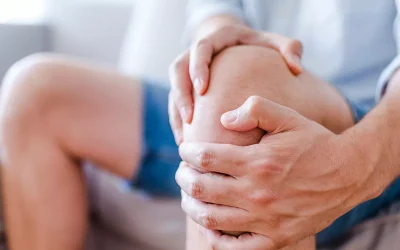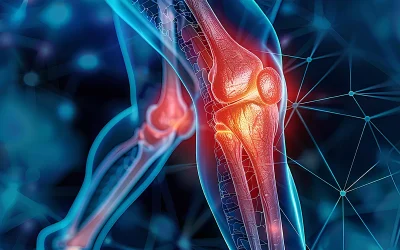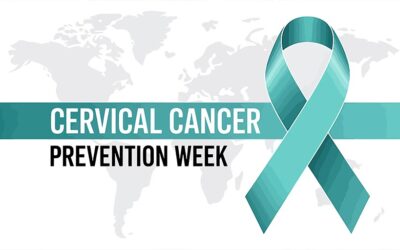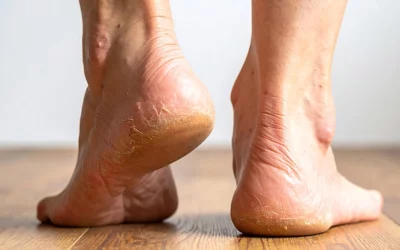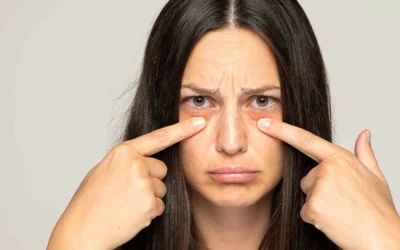Understanding Skin Biopsy: Types, Procedure and Results
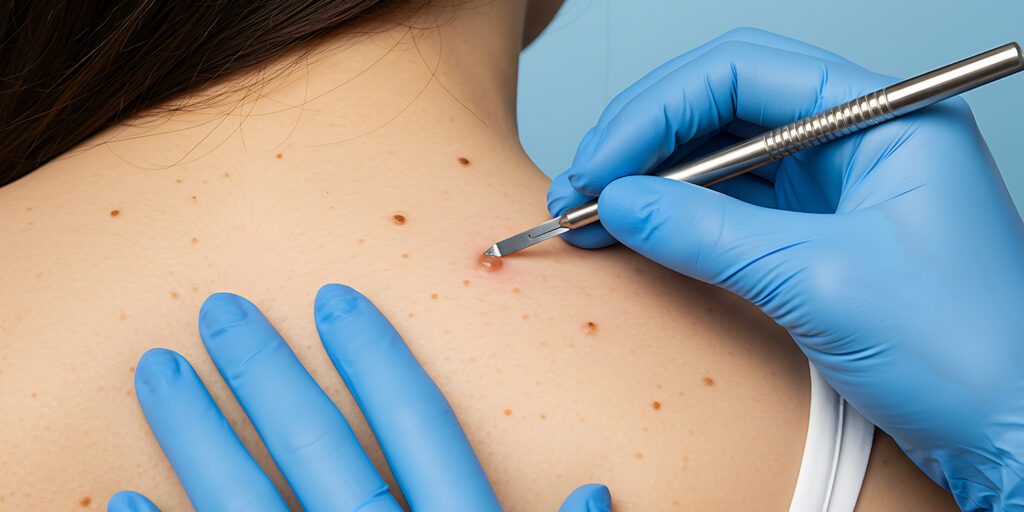
The skin is the largest organ of the human body, and its health plays a vital role in overall well-being. Any visible changes on the skin’s surface often provide early clues about underlying health conditions. While many skin problems can be diagnosed through physical examination, some require a closer look at the tissue. In such cases, doctors may recommend a skin biopsy – a simple diagnostic procedure that helps in identifying a wide range of concerns, from persistent rashes and infections to inflammatory conditions and suspected cancers. Early testing through a biopsy allows doctors to make an accurate diagnosis and plan timely treatment. In this article, we will discuss what a skin biopsy is, its purpose, procedure and types.
Table of Contents
ToggleWhat is Skin Biopsy?
A skin biopsy is a medical procedure in which a small sample of skin tissue is removed for closer examination under a microscope. The sample may include cells from the surface, deeper layers, or both, depending on the suspected condition. This test helps dermatologists identify skin problems that are examination. It helps doctors understand the exact cause of symptoms and guides the most effective treatment. Common reasons include:
- Unexplained or persistent rashes
- Suspected fungal infection or bacterial infection
- Chronic skin inflammation or autoimmune reactions
- Suspicious moles, lesions, or growths that may indicate skin cancer
- Non-healing sores or ulcers
- Unusual pigmentation or thickening of the skin
Risk Factors and Conditions Requiring a Skin Biopsy
Doctors may advise a skin biopsy when certain risk factors make a skin condition more concerning. These include:
- Family history of skin cancer or autoimmune disorders
- Long-term exposure to the sun or harmful chemicals
- Skin conditions that do not improve with standard treatment
- Rapidly changing or irregular moles and spots
- Chronic infections or unexplained skin thickening
In such cases, a biopsy helps rule out serious conditions and ensures that treatment begins without delay.
What are the Types of Skin Biopsies?
Depending on the nature and depth of the skin condition, doctors may choose from different types of biopsies. Each method involves removing skin tissue in a slightly different way:
1. Shave Biopsy
A thin layer of skin is shaved off from the surface using a blade. It is often used for raised growths or superficial lesions.
2. Punch Biopsy
A circular tool is used to remove a small, deeper sample that includes all layers of the skin. This is commonly done for rashes, inflammatory conditions, or suspected cancers.
3. Excisional Biopsy
The entire lesion or mole is removed, usually with a scalpel, to allow for a complete examination. This method is often used if cancer is strongly suspected.
4. Incisional Biopsy
Only a part of the lesion is removed for testing when it is too large to take out completely in one go.
How is a Skin Biopsy Procedure Performed?
A skin biopsy is usually a quick outpatient procedure carried out in a clinic or hospital. The steps generally include:
- Cleaning the skin: The area is disinfected to reduce the risk of infection.
- Numbing the site: Local anaesthesia is injected to ensure the procedure is painless.
- Removing the sample: Depending on the type of biopsy, a blade, punch tool, or scalpel is used.
- Closing the wound: Stitches may be placed if the sample is deep; otherwise, a bandage is applied.
- Sending the sample: The tissue is sent to a laboratory for microscopic examination.
The entire procedure typically takes only a few minutes, after which patients can return home the same day.
What Happens Before a Skin Biopsy?
Preparation for a skin biopsy is usually straightforward, though doctors may provide tailored advice based on a patient’s medical history and overall health. Two important aspects of preparation often discussed are medications and fasting requirements:
Medications
Patients may be advised to stop or adjust certain medicines such as blood thinners, steroids, or non-steroidal anti-inflammatory drugs (NSAIDs) to reduce the risk of bleeding during the procedure.
Fasting
In most cases, fasting is not required before a skin biopsy. However, if the biopsy is part of a larger surgical plan or if sedation is needed, doctors may suggest avoiding food or drink for a few hours.
What are the Risks or Side Effects of Skin Biopsy?
A skin biopsy is generally safe, but as with any medical procedure, some side effects may occur. These side effects are usually minor and temporary:
- Bleeding: A small amount of bleeding is normal immediately after the procedure.
- Infection: Rarely, the site may become red, swollen, or painful, requiring medical attention.
- Scarring: A slight scar may form, depending on the type and depth of the biopsy.
Doctors provide aftercare instructions to minimise these risks and ensure proper healing.
How Long Does It Take to Heal After a Biopsy?
Most skin biopsy sites heal within one to two weeks, depending on the depth and size of the tissue sample. Surface-level biopsies may heal faster, while deeper ones may require stitches and take a little longer. During recovery, patients are usually advised to:
- Keep the area clean and covered with a bandage.
- Apply prescribed ointments to reduce infection risk.
- Avoid scratching or disturbing the biopsy site.
- Follow up with the doctor if there is excessive pain, swelling, or discharge.
Proper aftercare helps the skin heal smoothly and reduces the chances of scarring or infection.
How Long Does It Take to Get Skin Biopsy Results?
The time taken to receive biopsy results depends on the type of test and the laboratory process. In most cases, reports are available within 3 to 7 days. If specialised staining or additional tests are required to confirm complex conditions such as autoimmune disorders or skin cancer, the results may take longer. Once the report is ready, the dermatologist reviews the findings and discusses the next steps for treatment or further evaluation.
How to Find the Right Dermatologist for Skin Biopsy Tests Near Me?
When looking for a skin biopsy test near you, it is important to choose a qualified dermatologist or skin specialist. The right doctor ensures accurate sampling, proper handling of the tissue, and a reliable diagnosis. While selecting a specialist in Dehradun or elsewhere, it’s important to consider the following factors:
- Experience: A dermatologist with expertise in performing biopsies and interpreting results.
- Facilities: Access to advanced diagnostic labs and safe biopsy tools.
- Comprehensive care: Availability of treatment for conditions such as fungal infection, skin cancer, or chronic inflammation if the biopsy confirms them.
- Hospital support: A centre equipped for follow-up care, whether surgical or medical.
Why Choose Graphic Era Hospital for Skin Biopsy?
Choosing the right hospital for a skin biopsy is important, as accuracy and timely results can make a major difference in treatment planning. Delays or errors in diagnosis may affect how quickly conditions such as infections, inflammation, or even skin cancer are treated. At Graphic Era Hospital, patients benefit from specialised diagnostic support backed by medical expertise and advanced facilities. We offer specialised diagnostic support through the following strengths:
Experienced Dermatology and Pathology Team
Skin biopsies at Graphic Era Hospital are performed by dermatologists trained in advanced diagnostic techniques, with pathologists ensuring accurate analysis of every tissue sample. Their combined expertise supports clear, timely, and dependable results.
Advanced Biopsy and Laboratory Technology
Equipped with modern biopsy tools and histopathology facilities, the hospital delivers precise results quickly. This allows doctors to detect conditions ranging from infections and inflammation to complex autoimmune disorders and skin cancers.
Comprehensive Patient Guidance and Safety
From preparation to aftercare, every step is explained clearly. Strict infection-control protocols and patient comfort measures are followed to provide a safe and reassuring experience.
Conclusion
A skin biopsy is a simple yet vital test that helps uncover the cause of unexplained skin rashes, persistent infections, chronic inflammation, or suspicious growths. By enabling an accurate diagnosis, it allows doctors to begin the right treatment at the right time, reducing the risk of complications. For those in Dehradun or nearby areas seeking reliable diagnostic care, Graphic Era Hospital offers expert-led biopsies supported by advanced laboratory facilities. To book a consultation with a dermatologist at Graphic Era Hospital, call 1800-889-7351.
Frequently Asked Questions
How much does a skin biopsy cost in Dehradun?
The cost of a skin biopsy in Dehradun varies depending on the type of biopsy, hospital facilities, and laboratory analysis required. At Graphic Era Hospital, charges are kept transparent and affordable, with no hidden fees.
What happens during a skin biopsy?
During a biopsy, the area is cleaned, numbed with local anaesthesia, and a small tissue sample is removed using a blade, punch tool, or scalpel. The procedure is quick and usually completed within minutes.
Is a skin biopsy painful and is local anaesthesia used?
A local anaesthetic is given before the procedure, so patients usually feel only mild pressure or discomfort. Pain is minimal and temporary.
What types of skin biopsies are available in Dehradun clinics?
Common types include shave biopsy, punch biopsy, excisional biopsy, and incisional biopsy. The choice depends on the skin condition being investigated.
How long does it take to receive skin biopsy results?
Most reports are available within 3 to 7 days, though some cases may require additional testing, which can take longer.
Does a skin biopsy leave a scar?
Small scars may form depending on the depth of the biopsy. Doctors provide aftercare instructions to minimise scarring and help the area heal smoothly.
When should I visit a dermatologist for a biopsy?
A biopsy may be advised if a rash, lesion, mole, or sore does not heal, keeps returning, or shows unusual changes in size, colour, or texture.
Who are the best dermatologists for skin biopsy in Dehradun?
Dermatologists at Graphic Era Hospital are experienced in performing all types of skin biopsies, ensuring both safety and accurate results.
Are skin biopsy procedures covered by health insurance in Dehradun?
Yes, many government schemes such as Ayushman Bharat, CGHS, ECHS, SGHS, and ESI, along with private health insurance, cover skin biopsies. Coverage depends on the policy terms.
Can a skin biopsy diagnose skin cancer or other serious conditions?
Yes, a biopsy is the most reliable way to confirm or rule out skin cancer. It also helps in diagnosing infections, inflammatory diseases, and other complex skin conditions.
Is skin biopsy safe for children in Dehradun?
Yes. When recommended, biopsies in children are performed with extra care, using safe techniques and local anaesthesia to keep the procedure as comfortable as possible.
How can I book a skin biopsy test near me in Dehradun?
Booking a skin biopsy in Dehradun is simple. At Graphic Era Hospital, appointments can be scheduled by calling 1800-889-7351. Patients can also visit the hospital directly to consult a dermatologist and plan the procedure at a convenient time.
By Specialities
- Bariatric Surgery
- Cancer Care
- Cardiology
- Dental
- Dermatology
- Diabetes & Endocrinology
- Endocrinology and Diabetes
- ENT (Ear Nose Throat)
- Eye Care
- Gastroenterology
- Haematology
- Health Care
- Health Tips
- Hematology
- Hepatology
- Internal Medicine
- Mental Health and Behavioural Sciences
- Metabolic
- Neonatology
- Nephrology
- Neurology
- Nutrition & Dietetics
- Obstetrics & Gynaecology
- Oncology
- Ophthalmology
- Orthopaedics
- Paediatric
- Physiotherapy & Rehabilitation
- Plastic and Reconstructive Surgery
- Psychology
- Pulmonology
- Rheumatology
- Spine
- Urology
Recent Posts
- Inflammatory Arthritis Explained: From Symptoms to Management
- Everything You Should Know About Septic Arthritis
- Understanding Frozen Shoulder: Causes, Symptoms, and Treatments
- Postpartum Depression: What Families Should Know
- Cervical Cancer Prevention Week 2026: A Global Call to Prioritise Cervical Health
Need expert medical advice?
Share your details and our healthcare specialists will reach out to assist you.
By proceeding, you acknowledge and agree to our Privacy Policy, Terms of Use, and Disclaimer.
